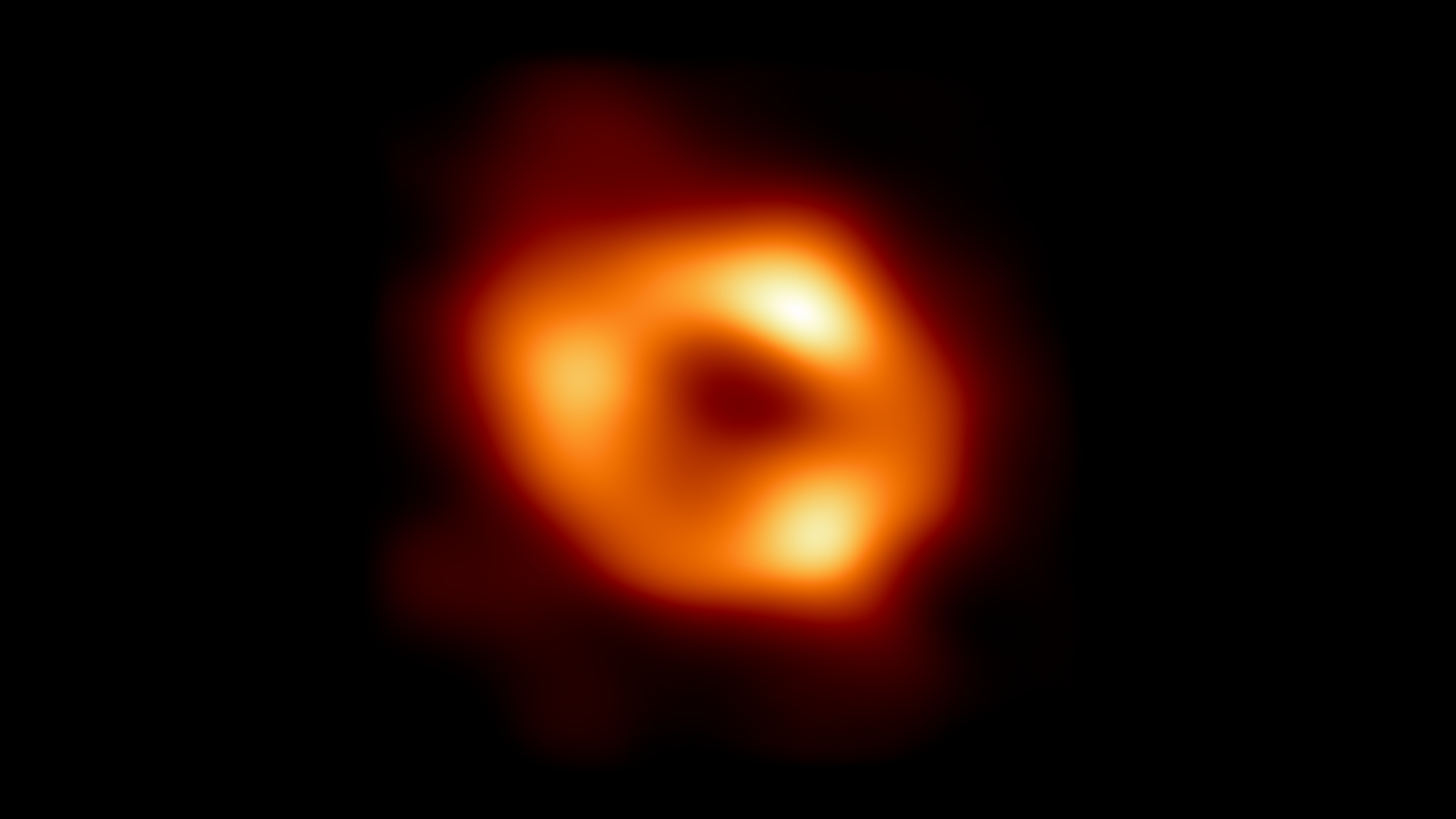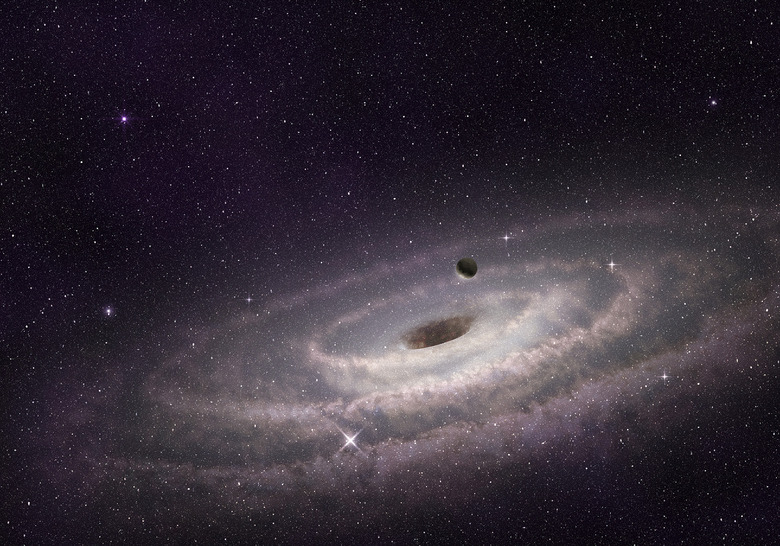Our Galaxy's Black Hole Is Getting Ready To Devour A Massive Cloud
The supermassive black hole at the center of the Milky Way could soon help scientists unlock new data about the harsh and extreme environments surrounding these cosmic vacuums. In 2007, scientists discovered a mysterious cloud near our galaxy's black hole. This cloud, which has since been named X7, is expected to be devours by the black hole within the next 13 years.
But why does it matter if our black hole devours something? Isn't that what all black holes do anyway? Yes, of course it is. But, by devouring X7, which has baffled scientists since its discovery, the hope is that the Milky Way's black hole will teach us more about the environment surrounding supermassive black holes like those found at the center of most galaxies.
Additionally, the past several years of observation have seen the mass that is X7 writhe and shift into a stretched-out cloud twice as long as it once was. This indicates that the cloud has somehow been stretched out by Sagittarius A* (Sgr A*). The reasoning behind this stretching is that the cloud is small and relatively light, thus making it vulnerable to the forces of the black hole.

But how can a cloud being devours by the Milky Way's black hole help us learn more about the environments around black holes? Well, by studying the effects that the extreme environment is having on X7, we can get a better understanding of just how extreme the environment is and how the forces exerted by the black hole can bend and twist things.
It's something we've studied to some effect, especially as scientists have watched black holes tear stars apart and feed on their mass. What's even more surprising about the cloud, though, and part of what has made it so mysterious, is that it was created in this environment. This isn't a star that was captured by the Milky Way's black hole and has then been shredded.
It is an extreme object that was somehow created within this harsh environment, and now, it will soon be destroyed by that same environment that helped create it. Future observations of X7 are planned with the James Webb space telescope, so hopefully its additional look at the cloud will provide even more insight into what it is and how it came to be.
